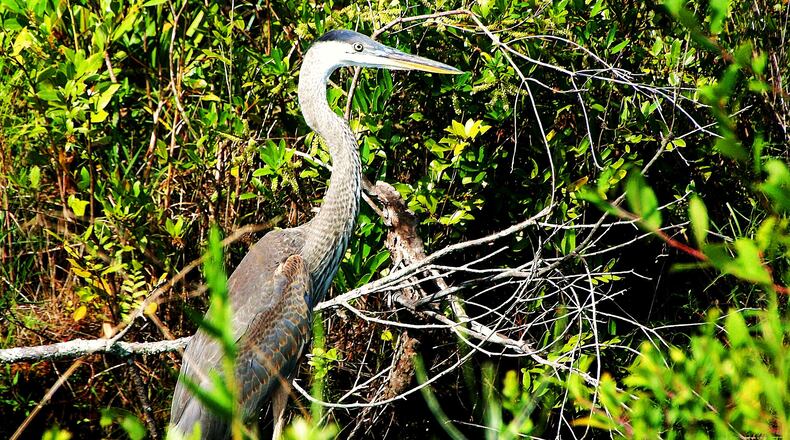Like me, many folks are planning to venture into Georgia’s great outdoors during 2024 to enjoy nature’s magnificence. Here are a few suggestions for what to see and do — from the state’s majestic mountains to its amazing coast:
• To begin the new year, find a place away from city lights to see nature’s own fireworks, the Quadrantid meteor shower, which will peak at some 50 meteors per hour in the northern sky late on the night of Jan. 3 through dawn of Jan. 4. It is the first of several meteor showers in 2024. A list of the year’s celestial events is at seasky.org/astronomy/astronomy-calendar-2024.html.
• Take a long weekend trip to see a variety of birds in different habitats on Georgia’s Colonial Coast Birding Trail. Its 17 sites include the Okefenokee National Wildlife Refuge and Fort Pulaski National Monument near Tybee Island. A map and other information are at georgiabirdingtrails.com/colonialcoast.
• Visit some of Georgia’s 49 state parks, most of which have superb hiking and walking trails from which an abundance of native flora and fauna can be observed. Several parks offer guided nature walks during the year. For a lineup, visit explore.gastateparks.org/events.
• Go on wildflower walks in early spring and early fall. The Georgia Botanical Society leads several such walks around the state each year. For a schedule, visit gabotsoc.org. My favorite spring wildflower walk is in late March on the Shirley Miller Wildflower Trail in North Georgia’s Walker County.
• Hike, walk, fish or raft in one of the 15 riverside units of the Chattahoochee River National Recreation Area — one of the nation’s premier urban greenways and one of the National Park Service’s most biologically diverse parks.
• For something different, dig in the dirt for a prized mineral or gem — or just some pretty rocks — at Graves Mountain in Lincoln County. An old mining site, it is world-famous as a mineral collecting spot — open to the public two weekends per year, in April and October. For more information, go to gamineral.org/ft/commercial/ftgravesmain.html.
IN THE SKY: From David Dundee, Tellus Science Museum astronomer: The moon will be last quarter on Wednesday. Venus rises in the east a few hours before sunrise. Jupiter is high in the east at sunset. Saturn is in the southwest just after dark.
Charles Seabrook can be reached at charles.seabrook@yahoo.com.
About the Author
Keep Reading
The Latest
Featured



